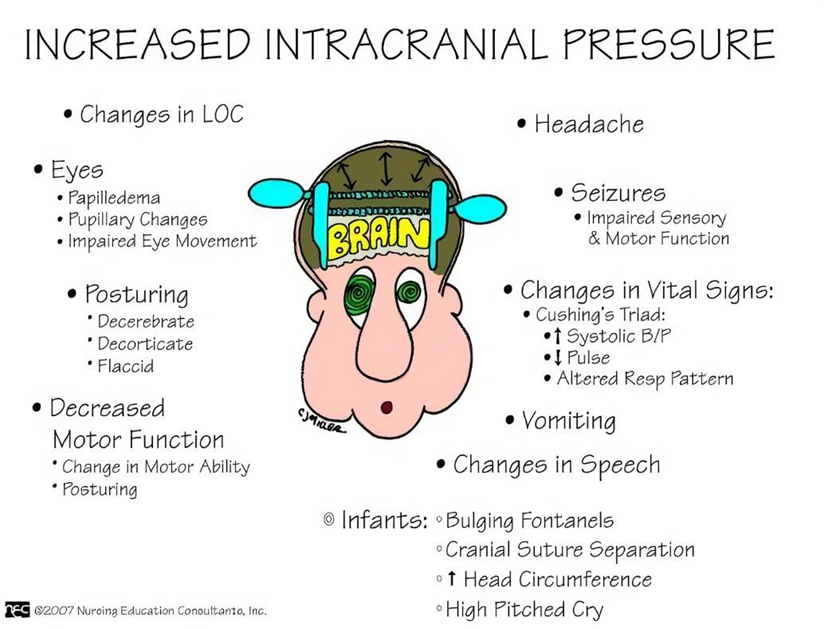Exhibits
Which of the following 3 provider prescriptions does the nurse anticipate?
Regular insulin 20 units subcutaneously
Potassium chloride 20 mEq/L intravenous PRN potassium less than 5.0 mEq/L
Initiate cardiac monitoring
0.9% sodium chloride at 15 ml/kg/hr for 1 hr and then reduce to 10 ml/kg/hr
Regular insulin continuous intravenous infusion, titrate per diabetic ketoacidosis (DKA) protocol once potassium is greater than 3.3 mEq/L
Dextrose 5% in water (DSW) intravenous at 5 ml/kg/hr for 4 hr
Blood glucose checks every 4 hr
Insert indwelling urinary catheter
Correct Answer : B,D,E
. Potassium chloride 20 mEq/L intravenous PRN potassium less than 5.0 mEq/L
The client's potassium level is slightly elevated at 5.5 mEq/L. Potassium replacement may be necessary if the level drops below 5.0 mEq/L, which is within the anticipated range for the nurse's actions.
D.0.9% sodium chloride at 15 ml/kg/hr for 1 hr and then reduce to 10 ml/kg/hr
This prescription addresses the need for fluid resuscitation to correct dehydration and electrolyte imbalances often seen in DKA. The client's initial blood pressure of 96/65 mm Hg suggests some degree of dehydration, further supporting the use of isotonic saline.
E.Regular insulin continuous infusion, titrate per diabetic ketoacidosis (DKA) protocol once potassium is greater than 3.3 mEq/L
This prescription aligns with the client's presentation of severe hyperglycemia (468 mg/dL) and acidosis (pH 7.30), indicating diabetic ketoacidosis (DKA). Insulin infusion is crucial for lowering blood glucose levels and correcting acidosis.
Nursing Test Bank
Naxlex Comprehensive Predictor Exams
Related Questions
Correct Answer is C
Explanation
C. Lowering the bed height reduces the risk of injury in case the client falls out of bed. It also facilitates easier transfers for clients with mobility issues.
A Individuals with dementia may experience disorientation and confusion, especially in unfamiliar or dark environments. Turning off all lights can increase the risk of falls and accidents.
B. Clients with dementia may have difficulty recognizing the need to toilet or may forget where the bathroom is located. They may also have urinary or fecal incontinence. Scheduled toileting helps prevent accidents and promotes continence.
D. Sedatives or hypnotic medications can increase confusion, risk of falls, and adverse effects in older adults with dementia. They are generally not recommended as first-line treatment for sleep disturbances in dementia.
Correct Answer is A
Explanation
A A change in level of consciousness (LOC), such as confusion, lethargy, or loss of consciousness, can indicate worsening neurological status. It reflects impaired brain function due to increased pressure on brain tissues.

B. Pupillary changes, such as dilation or asymmetry, can occur due to pressure on the oculomotor nerve (cranial nerve III). Pupillary dilation can be a sign of increased ICP but typically occurs after other neurological changes.
C. Decorticate posturing indicates significant neurological impairment but typically appears after alterations in consciousness.
D. Cheyne-Stokes respirations indicate brainstem involvement and impaired respiratory control but are generally seen later in the progression of neurological deterioration.
Whether you are a student looking to ace your exams or a practicing nurse seeking to enhance your expertise , our nursing education contents will empower you with the confidence and competence to make a difference in the lives of patients and become a respected leader in the healthcare field.
Visit Naxlex, invest in your future and unlock endless possibilities with our unparalleled nursing education contents today
Report Wrong Answer on the Current Question
Do you disagree with the answer? If yes, what is your expected answer? Explain.
Kindly be descriptive with the issue you are facing.
